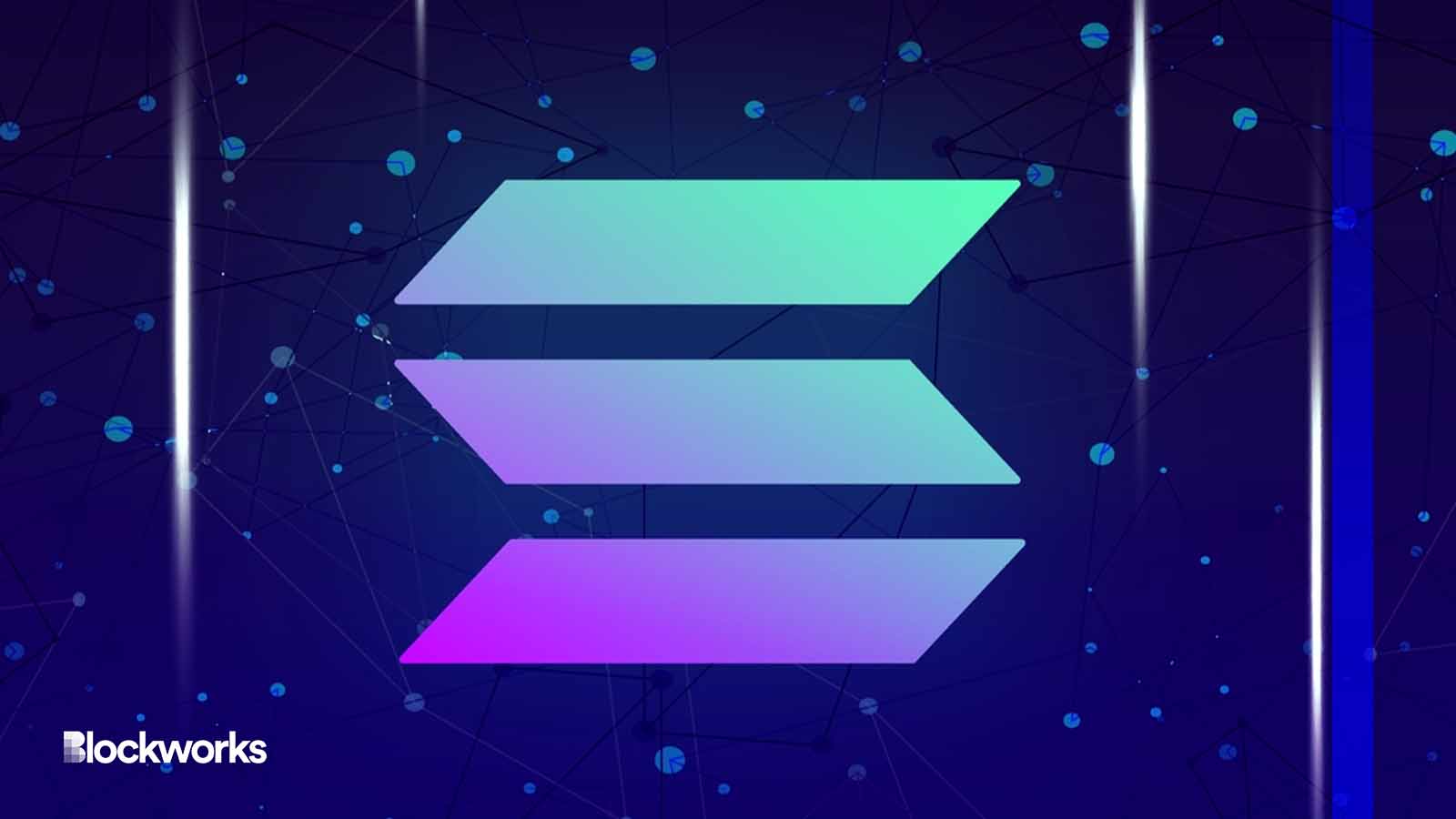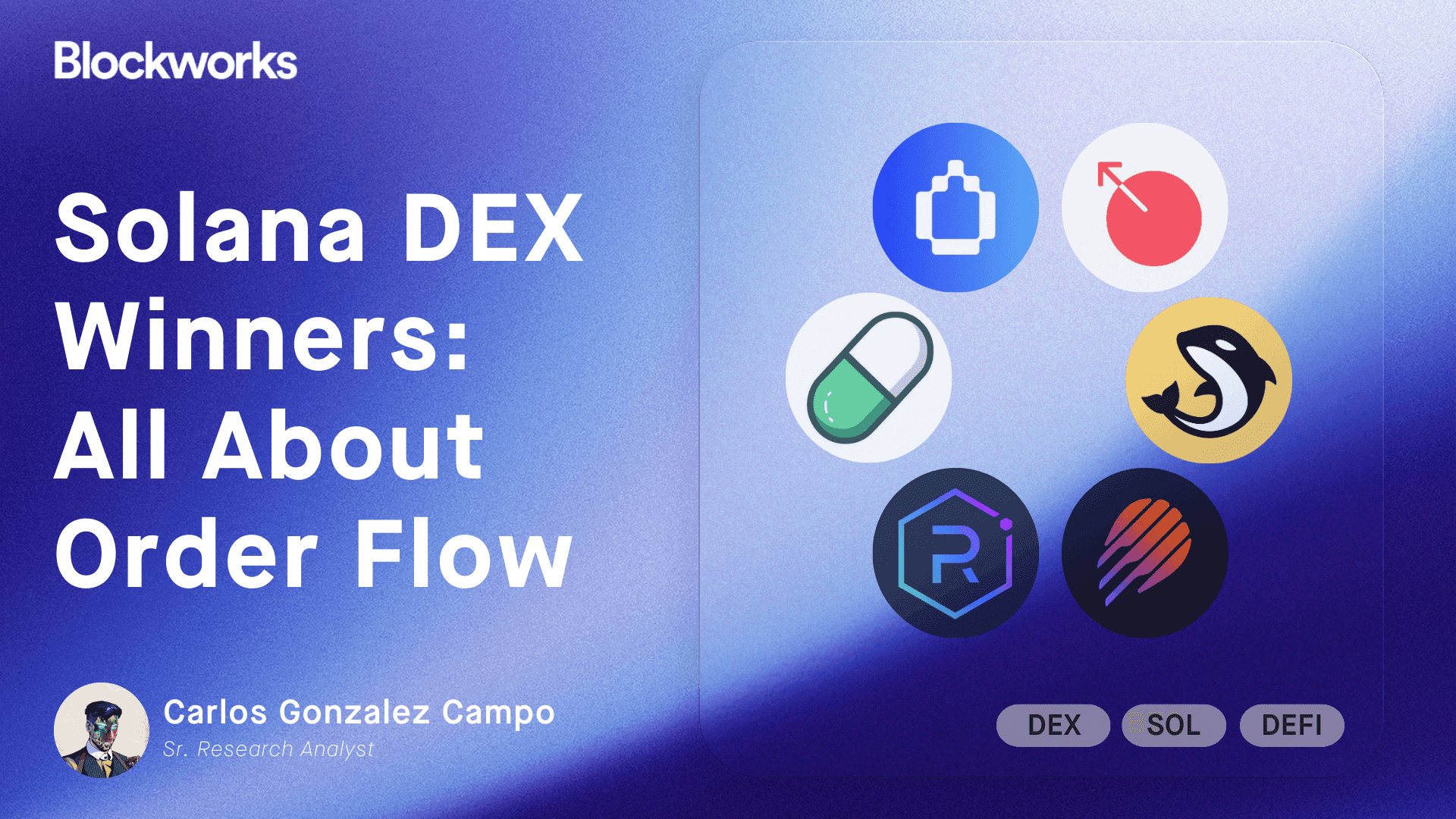Eclipse is using Solana’s virtual machine to launch an Ethereum L2
Eclipse will use Solana’s virtual machine for execution, Ethereum for settlement, Celestia for data availability and Risc Zero for proving

Vladimir Kazakov/Shutterstock modified by Blockworks
Eclipse will use Solana’s tech stack for its upcoming mainnet launch, the Ethereum layer-2 network project announced. Eclipse’s mainnet is expected to go live before the end of the year.
By design, a blockchain stack contains four different layers: execution, settlement, consensus and data availability.
Blockchains, such as Bitcoin, Ethereum and Solana, carry out all these tasks in a single layer. This means that when a transaction is made, the blockchain executes, settles, reaches consensus, and ensures data availability all within the same layer.
Modular blockchains, on the other hand, are designed to focus on specific tasks.
Neel Somani, founder of Eclipse, notes that he believes all layer-2s — validiums, optimiums and zk-rollups — should be considered “modular blockchains.”
“At a minimum, they’ve all separated execution from settlement,” he said.
Notably, Eclipse will use Solana Virtual Machine (SVM) for execution on its upcoming mainnet. The execution layer is the blockchain layer that holds the code and rules of a transaction; it enables transaction signing and smart contract execution.
On Ethereum, for example, transactions are executed sequentially. On Solana, however, there is a parallel execution environment. This means that more transactions can be processed at a lower cost.
“That’s probably the biggest difference,” Somani said. “Another benefit is the ‘local fee markets,’ meaning if one application gets a ton of activity, it doesn’t impact fees for other apps. It is a smaller set of ‘opcodes,’ and it’s register-based which makes [zero-knowledge] proving easier.”
Elsewhere, Eclipse will use Risc Zero for proving. Settlement, like most rollups today, will take place on Ethereum — meaning that it will utilize Ethereum’s security properties to validate transactions. Data availability (DA) will be derived from Celestia.
Read More: Why data availability sampling matters for blockchain scaling?
Unlike many rollup solutions today, Celestia’s DA layer utilizes Data Availability Sampling (DAS) over having a Data Availability Committee (DAC), meaning there are fewer trust assumptions.
That said, the team at Eclipse will continue to keep a close eye on Ethereum’s EIP-4844 upgrade and consider migrating to Ethereum’s DA in the future.
“It’s become clear that the single-threaded EVM is not sufficient to scale Ethereum, which is why apps are turning to their own app-specific rollups,” Somani told Blockworks. “Yet even the most sophisticated designs like Arbitrum are now seeing fee spikes — and it’s all because of the lack of parallelism and local fee markets.”
Get the news in your inbox. Explore Blockworks newsletters:
- The Breakdown: Decoding crypto and the markets. Daily.
- 0xResearch: Alpha in your inbox. Think like an analyst.






